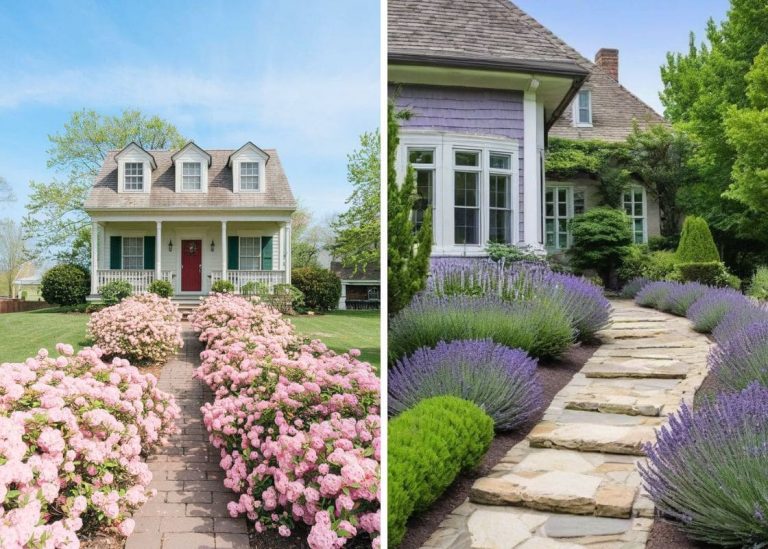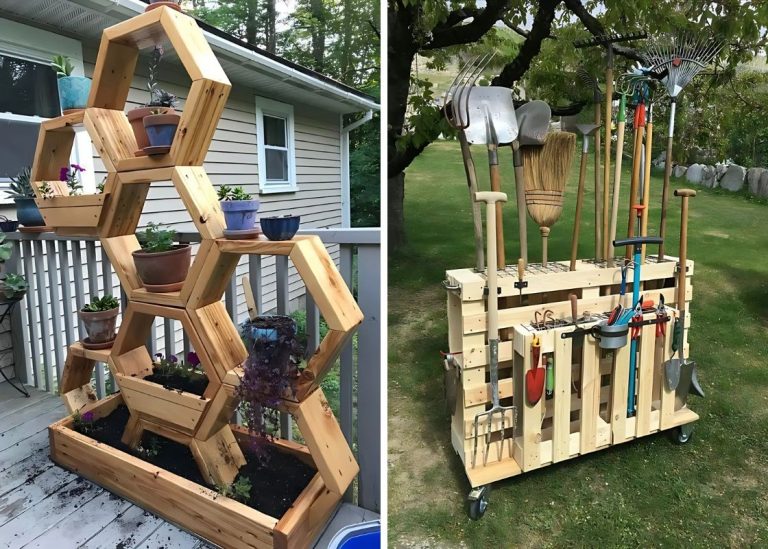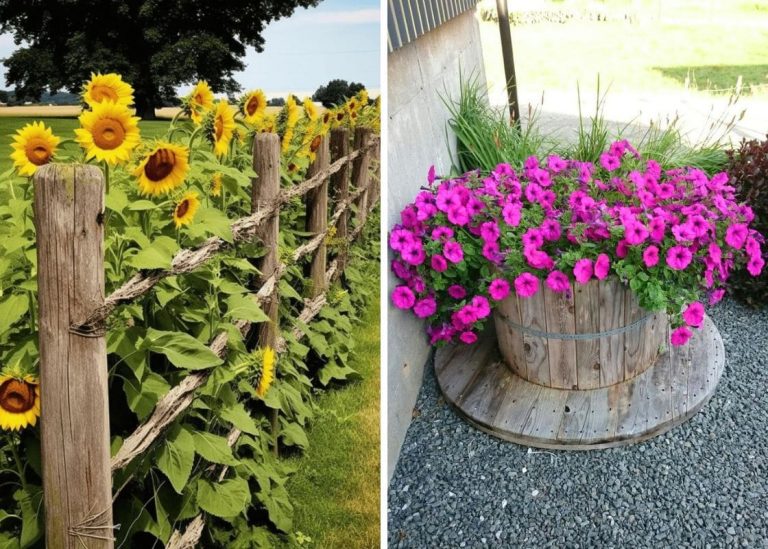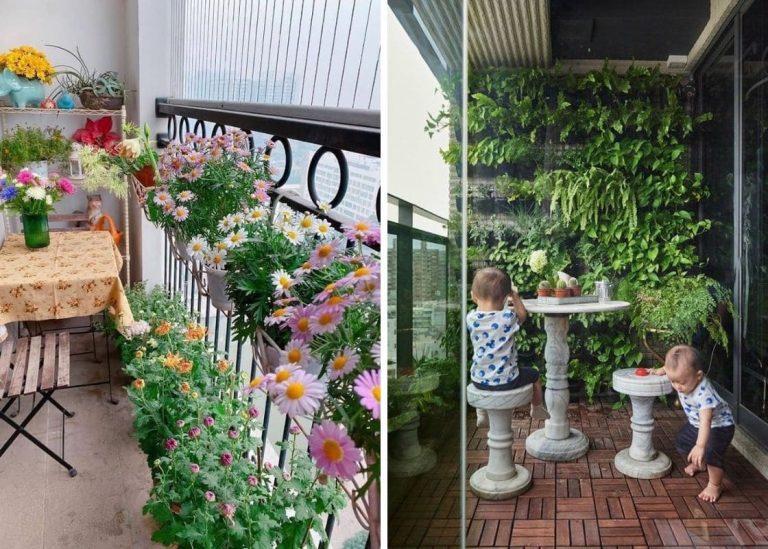Buzzing Blessings: How Bees and Pollinators Brought My Garden to Life
It was one of those late summer mornings when the air is already warm, the leaves hum with cicadas, and the scent of basil lingers in the breeze. My zucchini plants were glowing—lush leaves, golden blossoms, and vines stretching out like they had dreams of taking over the garden bed. But week after week, something felt… off.
The flowers would open, bright and hopeful, and then quietly fall off. No fruit. No zucchini. Just silence. At first, I blamed myself—maybe I overwatered, maybe I should’ve added more compost. But as I sat on the garden bench one evening, watching the marigolds sway in the breeze, I realized what was missing. There was no hum. No buzz. No bees.
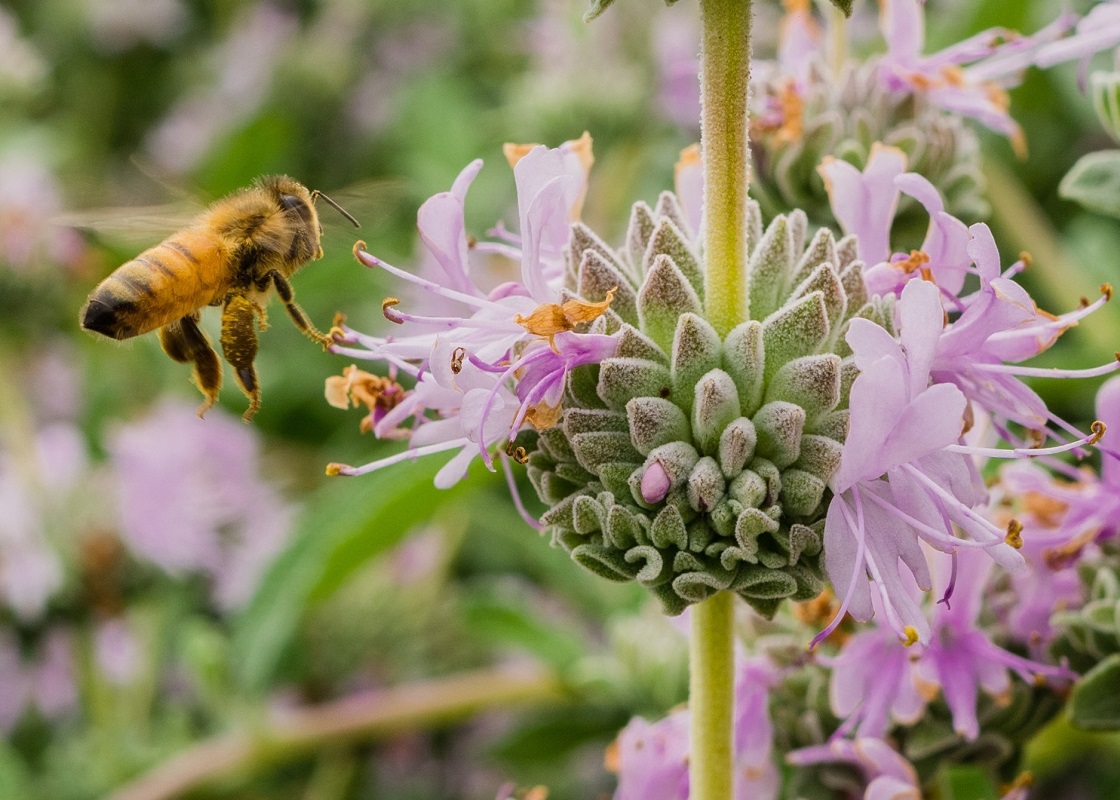
When I was growing up, my grandmother’s garden was always alive with the soft sound of wings—the background music of a healthy space. As a kid, I used to chase butterflies around the lavender bushes and make up stories about the bees carrying tiny parcels from flower to flower. I didn’t know it then, but those little creatures were working behind the scenes, making the garden grow.
Losing that sound made me realize how deeply connected a garden is to its pollinators. And that’s when my journey with bees, butterflies, and every pollinating friend truly began.
Why Pollinators Are the Garden’s Quiet Miracle Workers
Pollination isn’t just a background process—it’s the heartbeat of a thriving garden. I used to think sunshine, soil, and water were the main ingredients to a good harvest. But even the healthiest-looking flower can fade without a visitor to carry its golden dust from bloom to bloom.
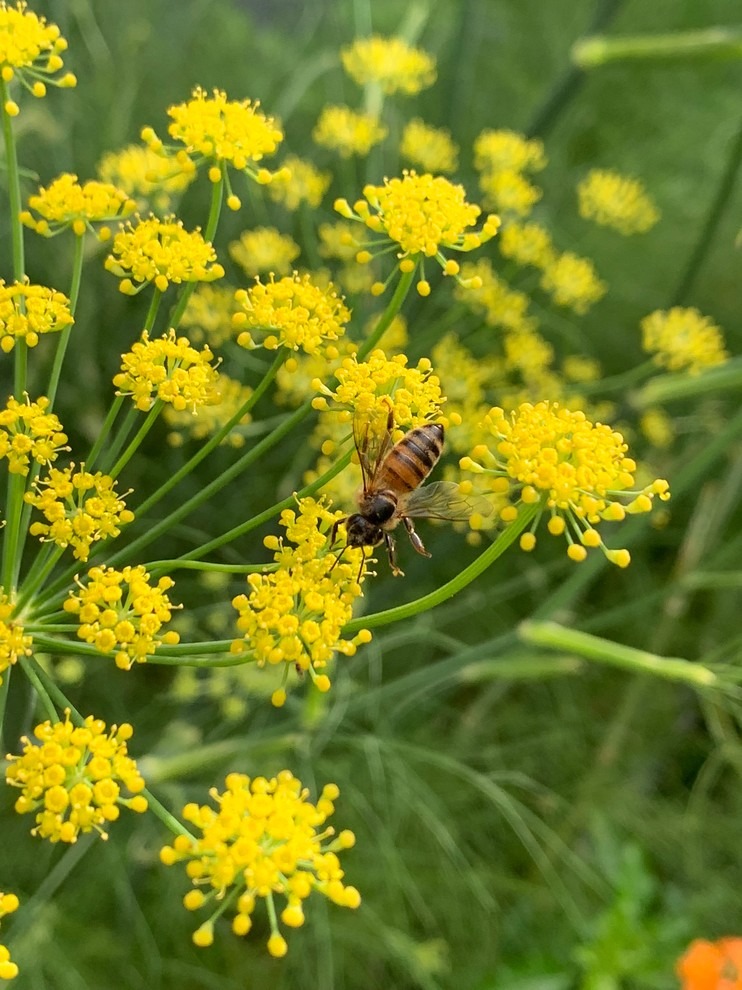
Here’s what I learned the hard way:
-
Cucumbers, squash, zucchini, melons—none of them produce without pollination.
-
Even self-pollinating plants like tomatoes perform better with a gentle nudge from a bee or breeze.
I remember one summer, after my zucchini had failed to fruit, I tried hand-pollinating with a paintbrush. It helped—but it was no match for the elegant efficiency of nature. A bee does in seconds what I fumbled over for minutes.
And it’s not just about your backyard harvest. Around 75% of flowering plants—yes, three out of four—depend on pollinators. Without them, food chains weaken, wildflowers fade, and entire ecosystems wobble.
We often don’t see their work, but it shapes everything we grow and eat.
Who’s Buzzing in the Garden? Meet the Pollinators
Once I started paying attention, I noticed that my garden wasn’t quiet after all. It was just that I hadn’t been looking closely.
Bees: The MVPs of Pollination
From early spring to late fall, honeybees and bumblebees show up like dedicated staff clocking in for their shift.
-
Honeybees love my lavender, thyme, and salvia.
-
Bumblebees—big, fuzzy, and somehow always cheerful—buzz like tiny engines through my tomatoes, peppers, and blueberries. They vibrate the flowers just enough to shake loose pollen, a process called “buzz pollination.”
Their dedication is unmatched. Even in light rain or wind, they keep working.
Butterflies: Floating Through Like Gentle Artists
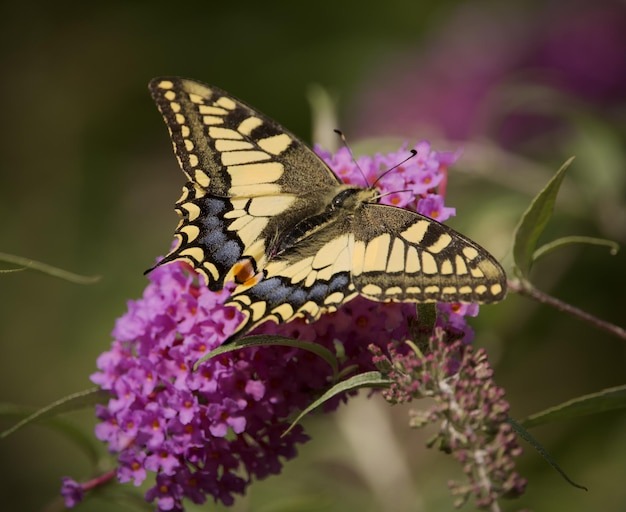
They flutter through my echinacea and zinnias with a kind of grace that feels like poetry.
-
Their long proboscis lets them reach deep into trumpet-shaped flowers.
-
They’re not the most efficient pollinators, but they bring beauty and calm to the garden in a way no one else can.
I once spotted a monarch resting on a milkweed leaf, its wings so still I thought it was carved from sunlight. That moment stayed with me.
Hummingbirds: Winged Wonders of Color
I never realized how many hummingbirds visited until I planted red salvia and coral honeysuckle. Now they flash by almost daily, a blur of green and ruby.
They prefer tubular flowers and help pollinate by brushing against the pollen-covered stamens as they feed.

If you’ve never watched a hummingbird pause midair, wings buzzing like a heartbeat—you’re missing one of the best parts of summer.
The Unsung Heroes: Moths, Beetles, and Even Ants
At night, moths take over. They visit my evening primrose and moonflower with a softness that suits the twilight.
-
Beetles are older pollinators, especially for ancient plants like magnolias.
-
Even ants, though not primary pollinators, carry pollen as they crawl over blossoms in search of nectar.
Each has its role. Each adds its own note to the garden’s quiet symphony.
How I Attract Pollinators—and How You Can Too
After that silent summer, I made a few small changes that made a huge difference. Now, my garden hums again. Here’s what’s worked for me:
Plant for Pollinators
Diversity is key. I mix perennials and annuals, natives and favorites, all blooming at different times.
-
Spring: crocus, hellebore, borage
-
Summer: lavender, echinacea, bee balm, zinnias
-
Fall: goldenrod, aster, cosmos
By providing continuous blooms, I keep the buffet open from April to October.
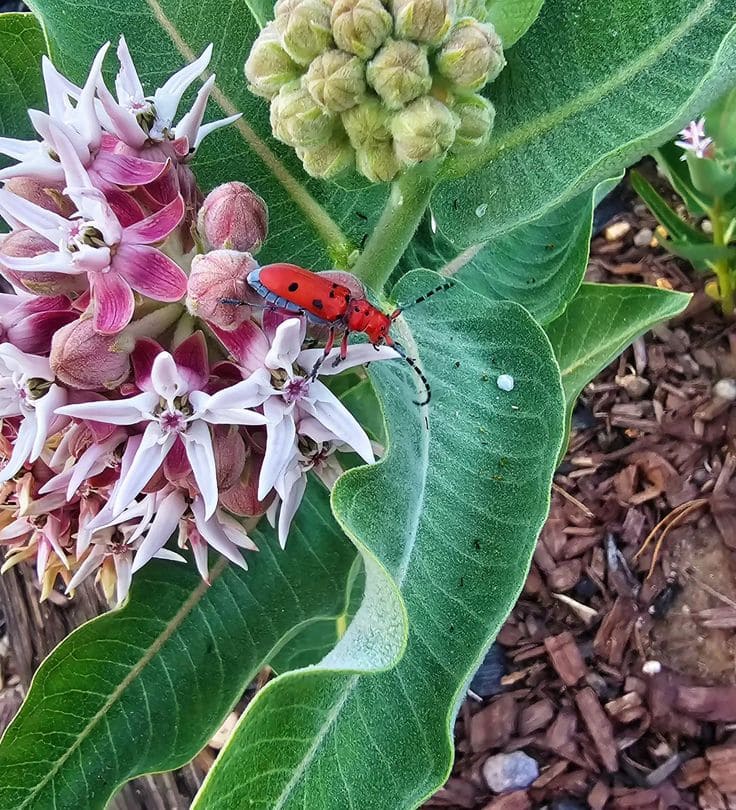
Say Goodbye to Chemicals
I used to reach for insecticides at the first sign of aphids. But those sprays don’t just harm pests—they devastate pollinators.
Now I rely on:
-
Neem oil and insecticidal soap (used early in the morning or late evening to avoid contact with pollinators)
-
Companion planting (like basil near tomatoes or marigolds in vegetable beds)
-
Welcoming natural predators, like ladybugs and lacewings
It’s not always perfect, but it’s peaceful.
Add a Water Source
One thing many gardeners forget? Pollinators get thirsty too.
I place shallow saucers filled with pebbles and water throughout the garden. The pebbles give bees and butterflies a safe place to land and sip.
It’s such a small act—but seeing a butterfly drink from a sunlit dish makes it feel sacred.
Final Thoughts: The Garden is Bigger Than We Think
These days, I pause when I see a bee floating through the basil or a hummingbird hover near the honeysuckle. I smile and whisper a thank you.
Because I’ve come to understand that I’m not the only one tending this space.
The garden doesn’t belong to me alone. It belongs to the bees who wake with the light, to the butterflies who flit through the heat, to the moths who grace the dusk.
If we open our gardens to them, we open our hearts to something bigger than fruit and flowers. We become stewards of life.
Let’s Keep the Buzz Going
Want to support pollinators in your garden? Start small:
-
Plant one new flower that blooms at a different time.
-
Put out a pebble-filled water dish.
-
Skip the chemical spray—just once—and see what happens.
You might just hear your garden come back to life.

